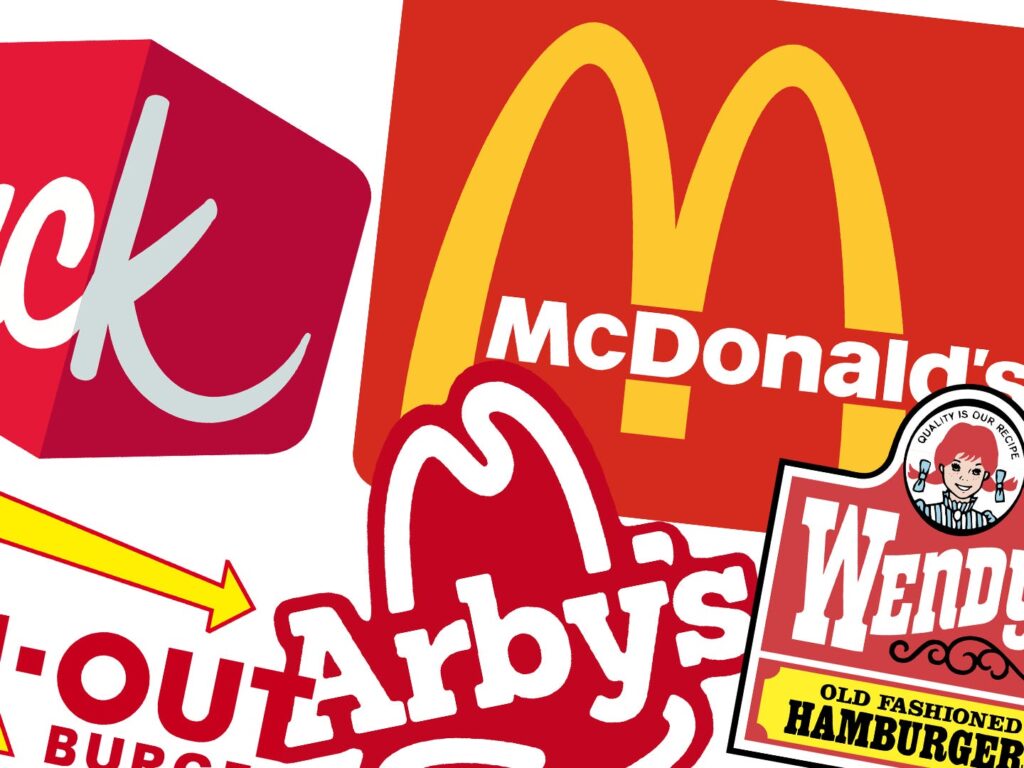
UPDATE: As economic pressures mount, Americans are shifting dining habits, favoring loyalty to their preferred restaurant chains over trying new places. New reports from InMarket reveal that consumers are tightening their belts, with fast-casual dining suffering a noticeable decline.
Diners are now prioritizing value, with a significant pivot back to fast-food chains, which offer affordability and convenience. InMarket’s latest findings show that Shake Shack dominated the loyalty rankings for Q2 2023, boasting an impressive fidelity score of 327. This score, which measures customer visits relative to the number of locations nationwide, indicates that Shake Shack is “excelling at attracting customers.”
Fast-casual establishments like Chipotle and Panera are seeing a drop in foot traffic as diners seek out better deals. According to InMarket, Raising Cane’s follows closely behind Shake Shack with a fidelity score of 158, reflecting a strong customer base amid changing preferences.
“Even affluent spenders feel the pinch when prices rise,” stated Asit Sharma, an analyst at the Motley Fool. “We see a fun drop-down effect where those who only eat at the best establishments will drop down to some chains.”
The shift toward faster, more affordable dining options is evident in the quick-service restaurant segment, where Chick-fil-A leads with an unparalleled fidelity score of 267. This achievement marks the chain’s 11th consecutive year as the top performer in customer satisfaction, according to the ACSI Customer Satisfaction Index for Quick-Service Restaurants.
Meanwhile, McDonald’s, another heavyweight in the industry, follows with a score of 164. InMarket’s data highlights that between 39% and 44% of customers at Chick-fil-A, Sonic, and Wendy’s also frequented McDonald’s during Q2. Conversely, only 16% of McDonald’s visitors turned to Chick-fil-A, Sonic, or Wendy’s.
InMarket attributes Shake Shack’s recent success to strategic marketing initiatives, including limited-time menu offers during tax season and the launch of its first loyalty program in June. Diners could earn discounts by visiting more frequently, such as receiving $10 off a future visit by ordering two burgers within 30 days.
As consumers continue to navigate economic uncertainty, the trend toward brand loyalty is likely to intensify. This shift underscores the growing importance of value-driven dining experiences in today’s marketplace.
What’s next? Keep an eye on how these loyalty trends evolve, particularly as economic conditions fluctuate. The restaurant industry is poised for further changes as consumer preferences continue to adapt in real time.
Stay tuned for more updates as this story develops.






